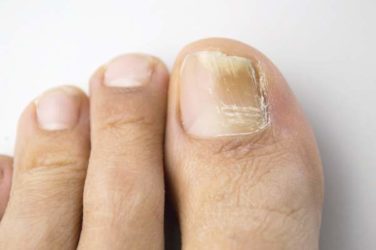Two disturbing patients came by last week.
The first was a frail old man. His daughter brought him. She said he’d been living in Florida and “shown up” on her doorstep.
As a dermatologist, I’m not often thrown by what I see, but this unfortunate man’s face was hard to look at, with a gaping hole where his left nasolabial fold should have been.
How long had the cancer been there to gouge that hole? How could he neglect it so long? What kind of relationship (or nonrelationship) with his child did it take for this to happen?
I didn’t pursue these questions. Instead, I referred him and his daughter to a skin oncology center where, I hoped, therapy could manage a situation whose severity could surely have been prevented.
Two days later, a Russian woman came in. Remarkably hale at the age of 95 years, she spoke no English. The man who accompanied her, a relative youngster in his mid-70’s, was not a relative, just a stranger who took pity on a fellow visitor to a Russian senior center. “She has two sons,” he explained, “but they live in Minnesota and Texas.”
Her problem was also a basal cell, but this one was on the back of her right ear, large but manageable. I arranged to remove the lesion and offered to speak with her sons. Neither ever called.
Disease is a physical problem in a social context. Patients often present with problems they ignored until other people insisted they take care of them. Parents bring their children. Women drag their husbands. Patients tolerate their itch until their coworkers get annoyed “at seeing me scratch like a monkey.” In situations like these – you can come up with many others – the problem is not just with the patients, but with the people in their vicinity. Sometimes there are people in patients’ lives who notice and care, who demand, “Have that looked at!” But what if nobody cares? Or what if there is no one around at all?
Factors like mental, family, and social dysfunction often underlie whether and to what extent the diseases we diagnose get treated. As practicing physicians, we have little control over such factors. We just try to manage what presents in our offices.
So we make assumptions– that patients can afford to see us, that they have the common sense to come, that they have family or friends who encourage them to come and make doing that possible.
In cases like the ones I’ve just described, these assumptions were wrong. The old man from Florida probably rarely left his apartment, and when he did people just looked away in disgust. He wasn’t their problem. In both cases family was nowhere to be found. How many such lonely and neglected people are there with no support systems, who don’t show up on our office doorstep until it is hard or impossible to take care of them?
I sometimes think back to a case that has haunted me since my early years, when I worked in several Boston-area health centers and sometimes made house calls in gritty neighborhoods. One day I was called to see a patient on the first floor of a rundown example of one of Boston’s wood-frame triple-deckers.
The front door was open. No one was around. I wandered past the parlor into a bedroom. There lay the patient: A woman in late middle age, lying on her back in a dirty nightgown, staring at the ceiling. That image has haunted me for 30 years.
I no longer remember what her skin problem was, just the pitiful sight of her and all the questions it raised: Where was everybody? Who looked after this woman? Who cooked for her, shopped for her? If I prescribed something, who would see that she got it and used it?
I didn’t know. Even if I did, there was nothing I could do about it. Doctors in practice can’t make families stay together, or weave a social safety net that neglected people don’t slip through.
When something lies beyond the scope of what you take to be your responsibility, it’s easier to look away. Now and then a neglected patient forces us to face our own limitations and pay attention to what we have been not looking at.
Dr. Rockoff practices dermatology in Brookline, Mass., and is a longtime contributor to Skin & Allergy News. He serves on the clinical faculty at Tufts University, Boston, and has taught senior medical students and other trainees for 30 years.




